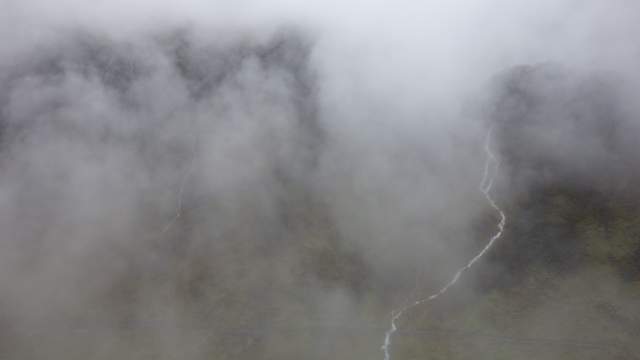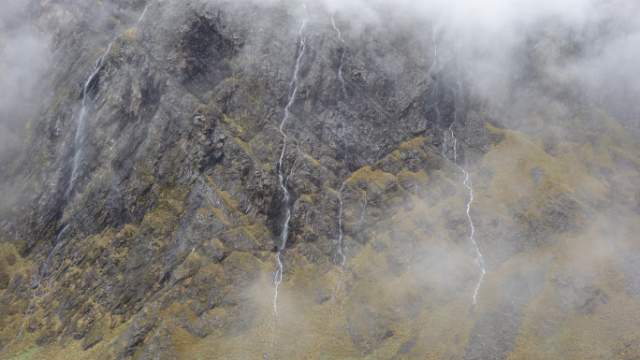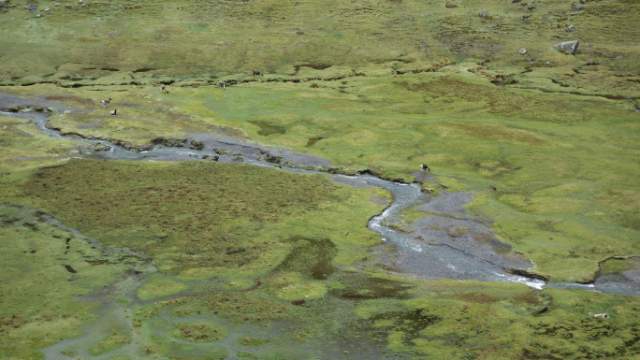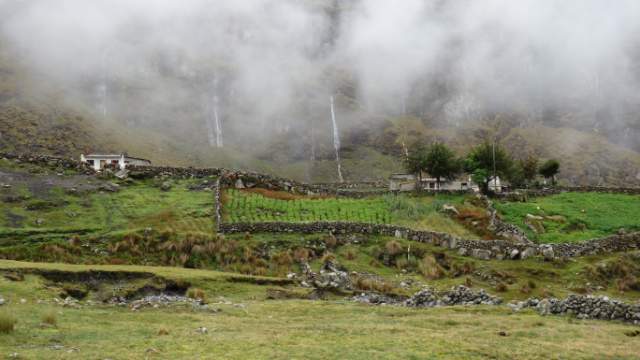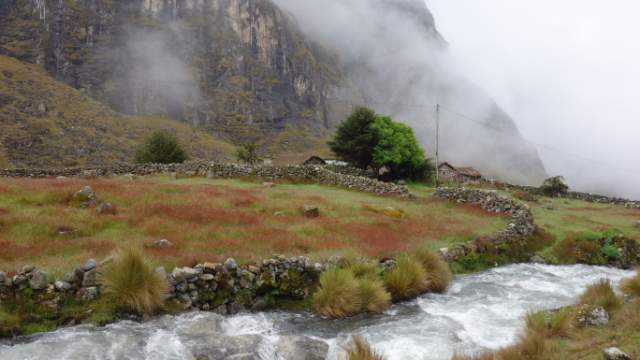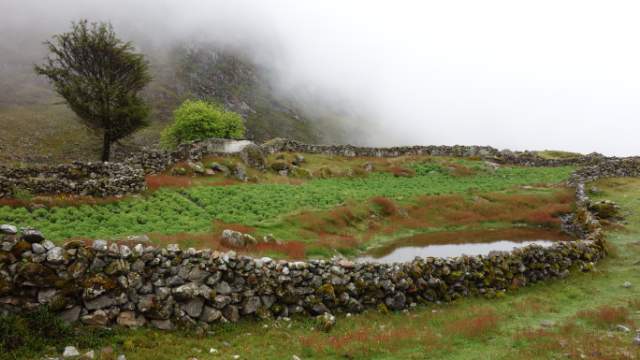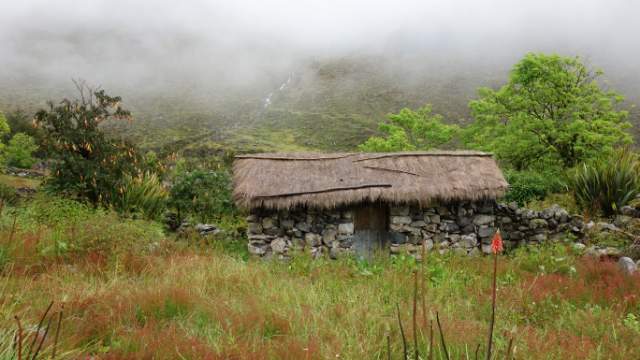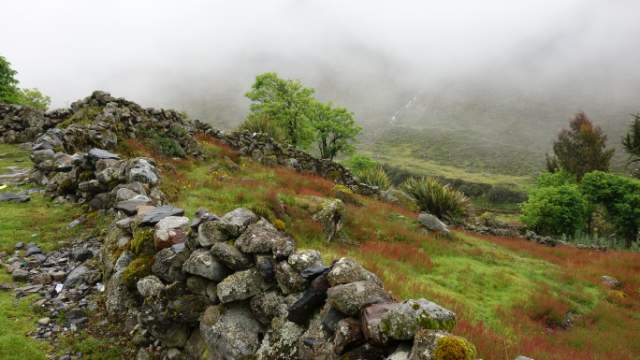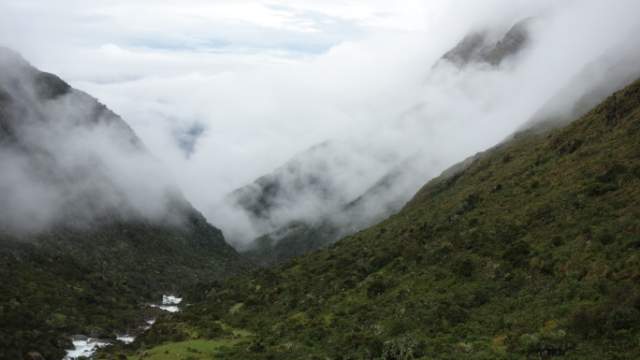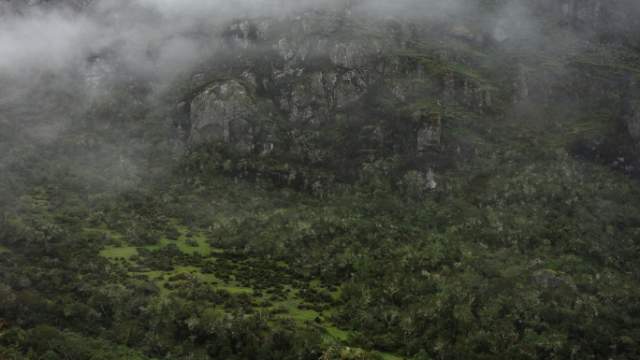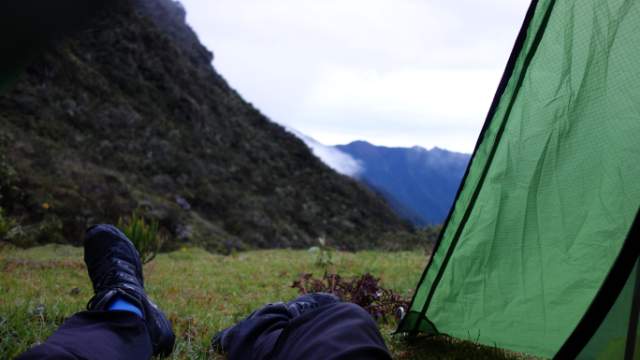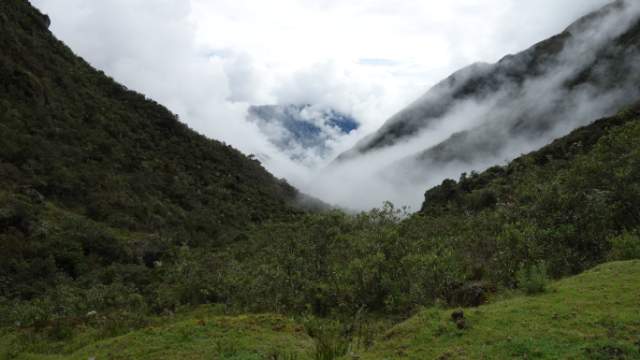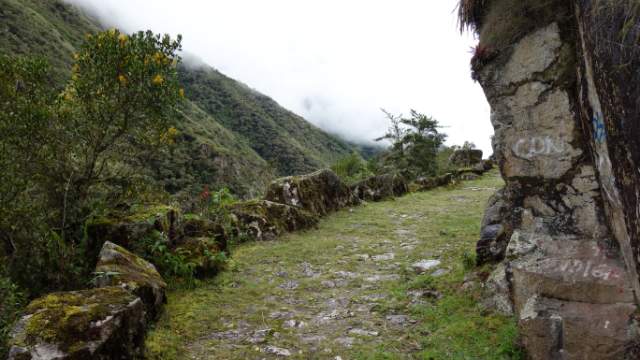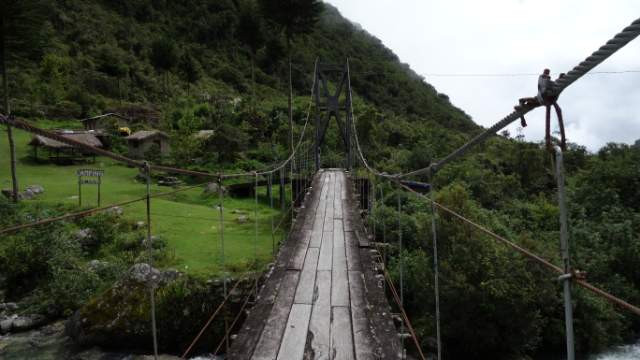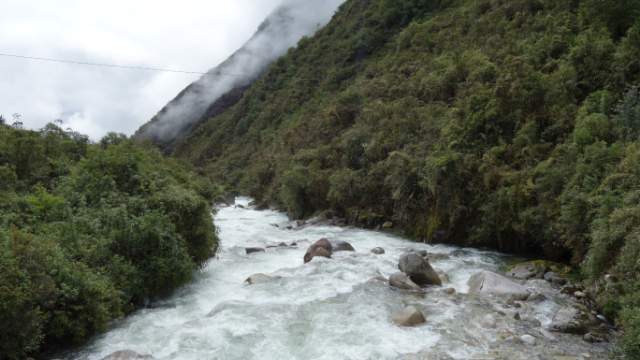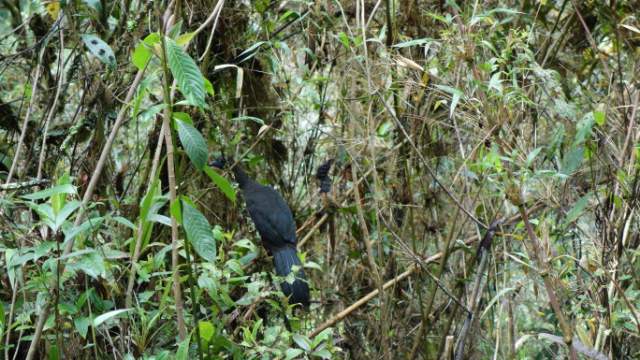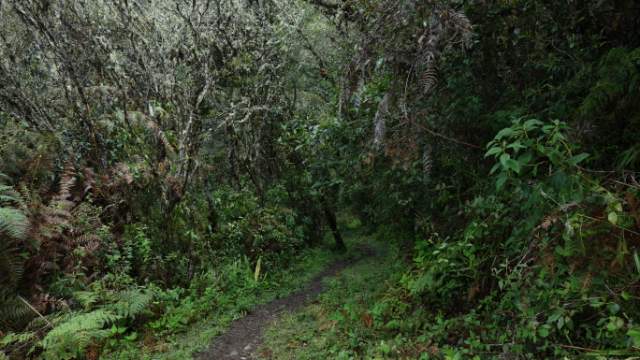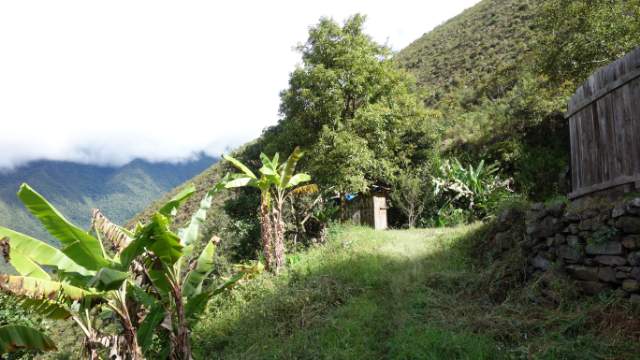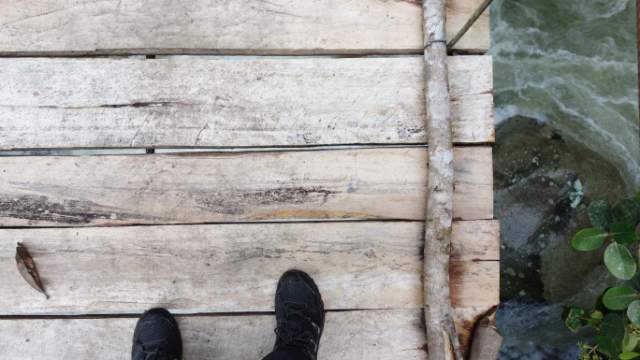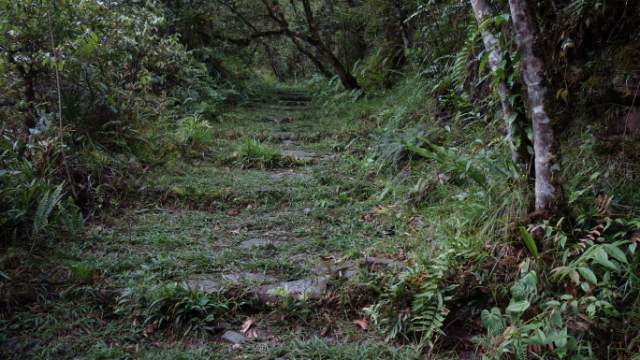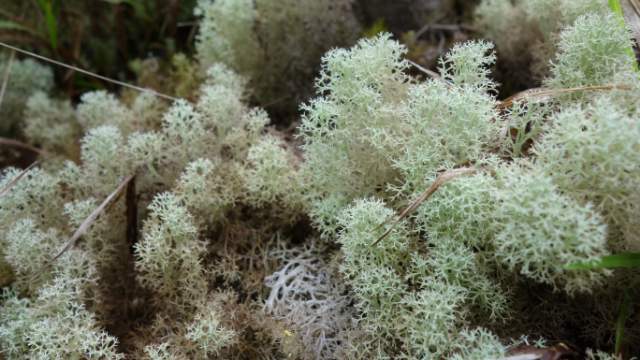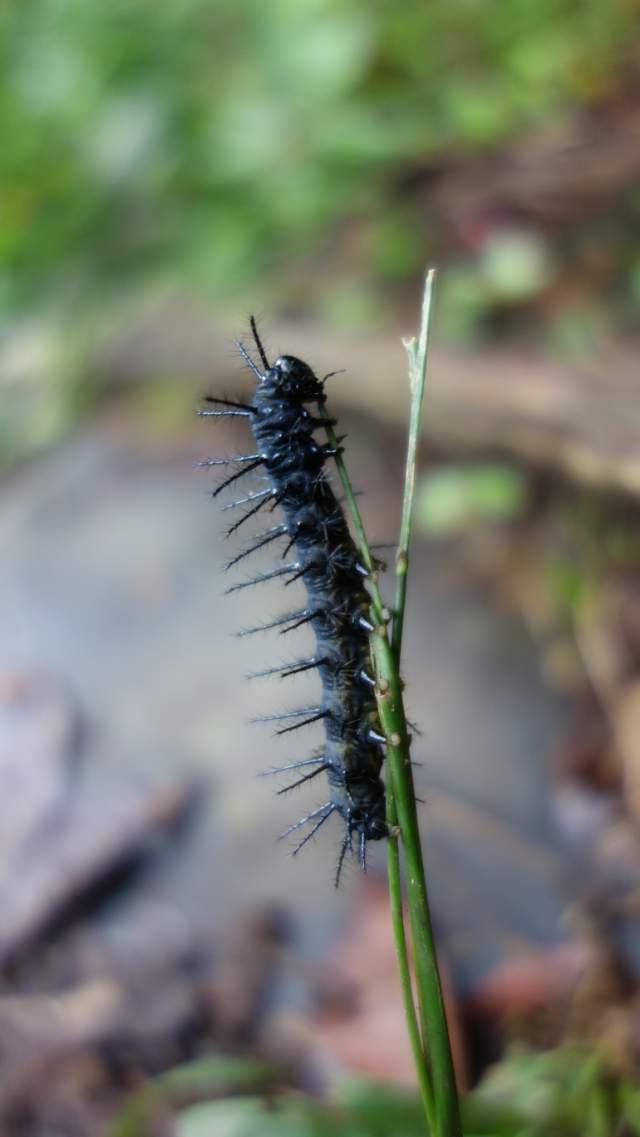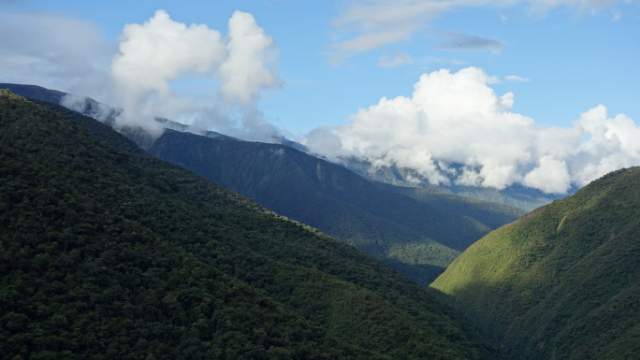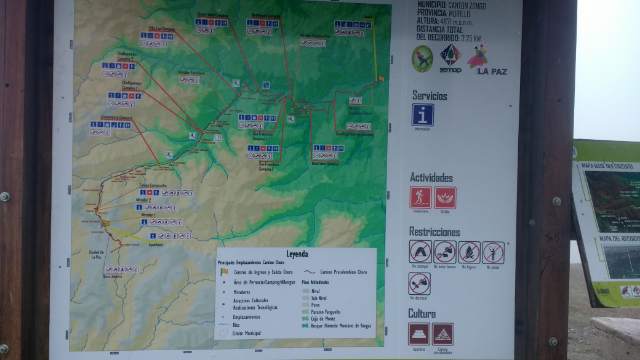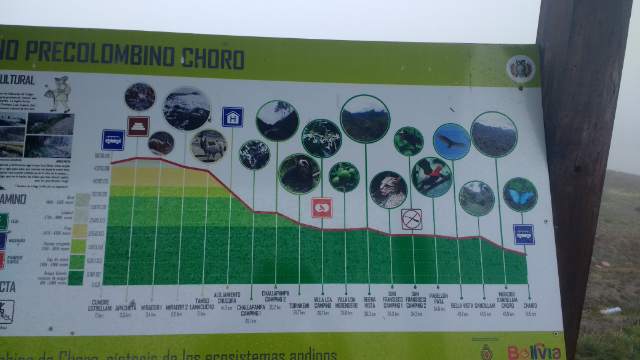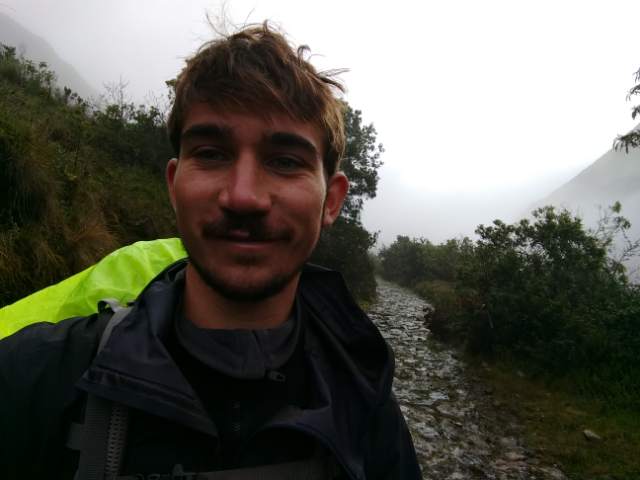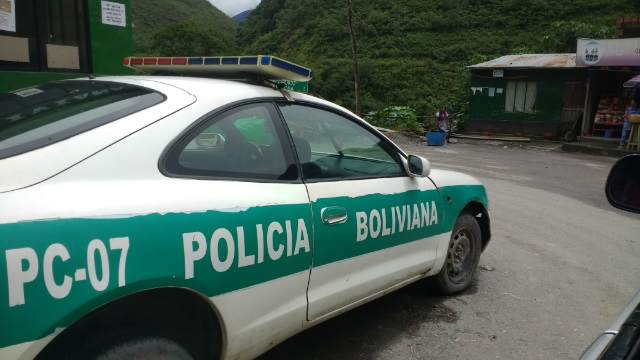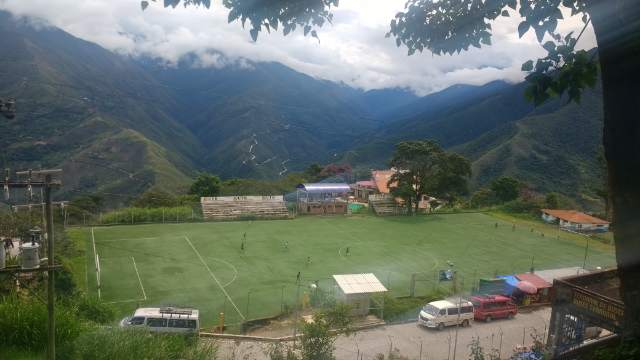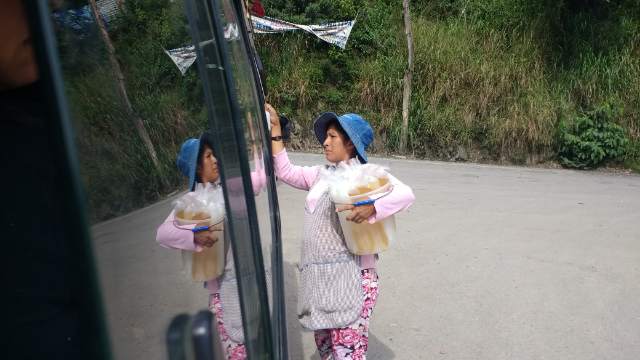The Incas built a system of infrastructure that allowed them to connect to deep valleys and high mountains of the Andes. This system includes paths and rivers that enabled them to extrapolate precious materials, food or bird feathers off these hardly accessible regions.

There are thousands of kilometers of these Andean paths. Today, the trails are still maintained by the local communities (some of them indigenous), who live there, grow their own food and have cattle. Thanks to tourists, they are able to make some money for themselves as well by selling some food or offering camping, but otherwise, they live well isolated.
El Choro is a path that starts 15km off La Paz city at La Cumbre, some 5000m above the sea level. To get there, you need to go to Villa Fatima and from there take any minibus/collectivo going to Coroico, telling the driver to get off at La Cumbre (for B10). There, you need to register at the small hut and then climb up the dirt road all the way to 5000m (1h30) until you encounter snow :) I was still not feeling completely ok from eating something bad at La Paz and the lack of oxygen mixing with a want-to-vomit feeling didn’t make me enjoy the heights so much..
% include image.html image-name=”DSC01904.jpg” %}
From there, the trail goes down down. The views could be beautiful if there’s no rain and fog, but I still enjoyed seeing so many waterfalls coming out of those dark mountains. After another hour, you pass a shelter until you eventually get to Chucura village, where you have to pay a trail fee of B20 (for maintenance of the bridges and cutting off the vegetation). It’s possible to buy some supplies here (bread, cans or coca-cola). I was surprised to see they had a school there and playgrounds for the kids - they really live there completely cut off from the world! The village was cut through by a grass-paved road (very beautiful!) and by the ever-growing river.
% include image.html image-name=”DSC01916.jpg” %}
After another hour of walking, I decided to set up my camp for the night. Meanwhile, the vegetation changed and everything became so green. Also, the fog cleared out and made for a nice sunset without sun. When I was cooking, a bull or a cow with horns came for a visit, we looked each other for maybe a minute, I thought the beast was going to attack, shit… Thankfully, it just produced a buuh, went its way and I was able to enjoy my dinner special: rice with tomato!
% include image.html image-name=”DSC01978.jpg” %}
In the morning, it was a beautiful day and around 9am, I already continued going down the slippery stone-paved road. The vegetation was turning into a jungle. I went across a questionable cable bridge, saw some birds and continued going up and down along the river. There were now a lot of waterfalls and some settlements in the middle of nowhere.
% include image.html image-name=”DSC01988.jpg” %}
The rest of the trail was like that. There were only 3 more interesting things I should mention. After 8 hours of walking, I took a free shower down a waterfall. Then I got attacked and bitten by a dog at San Francisco. And finally, I camped out at Sandillani, where heavy rain battered my tent from 2am, turning the ground into a river. Huge heads up goes my tent, which remained mostly dry with only tiny leaks!
% include image.html image-name=”DSC02030.jpg” %}
On my last day, it was still raining a lot. Reluctantly, I had to go. In short time, I got drenched and catched a little cold from being wet for most of the day. After 3,5hrs, I made it to Pancallo. From there, you can take a cheap collectivo to Coroico (B10 + B5 for my backpack). I ate lunch there and some locals asked me to take a picture of them and tell my friends back home these are 3 gay Bolivians, so here we go.. (I thought this was no longer a joke..?!)
% include image.html image-name=”IMG_20170303_132908574_BURST001.jpg” %}
Coroico is a nice town on top of a hill - the climb is maybe 400-600 vertical meters! I really liked the swimming pool overlooking the incredible scenery of the Yungas. You could observe coca crops or try to spot marihuana plantations if you were lucky. Also, this entire place was a fruit paradise again with bananas, avocados, papayas or grenade apples growing everywhere.
% include image.html image-name=”IMG_20170303_144236970.jpg” %}
For B20, I bought a place in a minibus going back to La Paz. Accidentally, I found myself going on the famous Death Road - I didn’t want to be there unlike tourists who try luck and bike it down! Fortunately, the Bolivian government has refurbished the upper bit of the road, which isn’t so bad anymore as there are barriers and two lanes. But the drivers are overtaking each other in fully loaded vans going uphill in second gear, there is fog, 2000m drops and a lot of crosses..
% include image.html image-name=”IMG_20170301_115643436.jpg” %}




